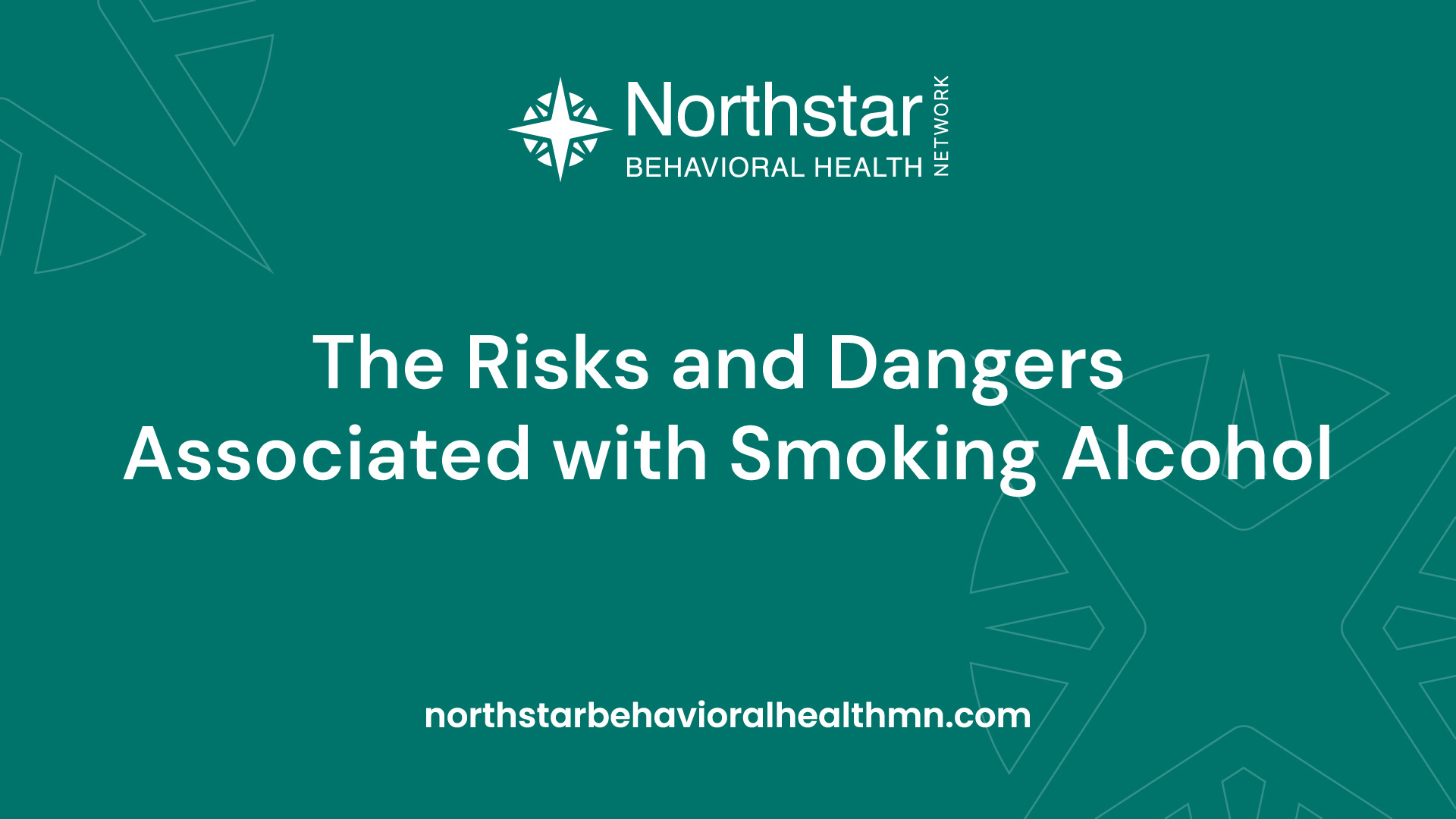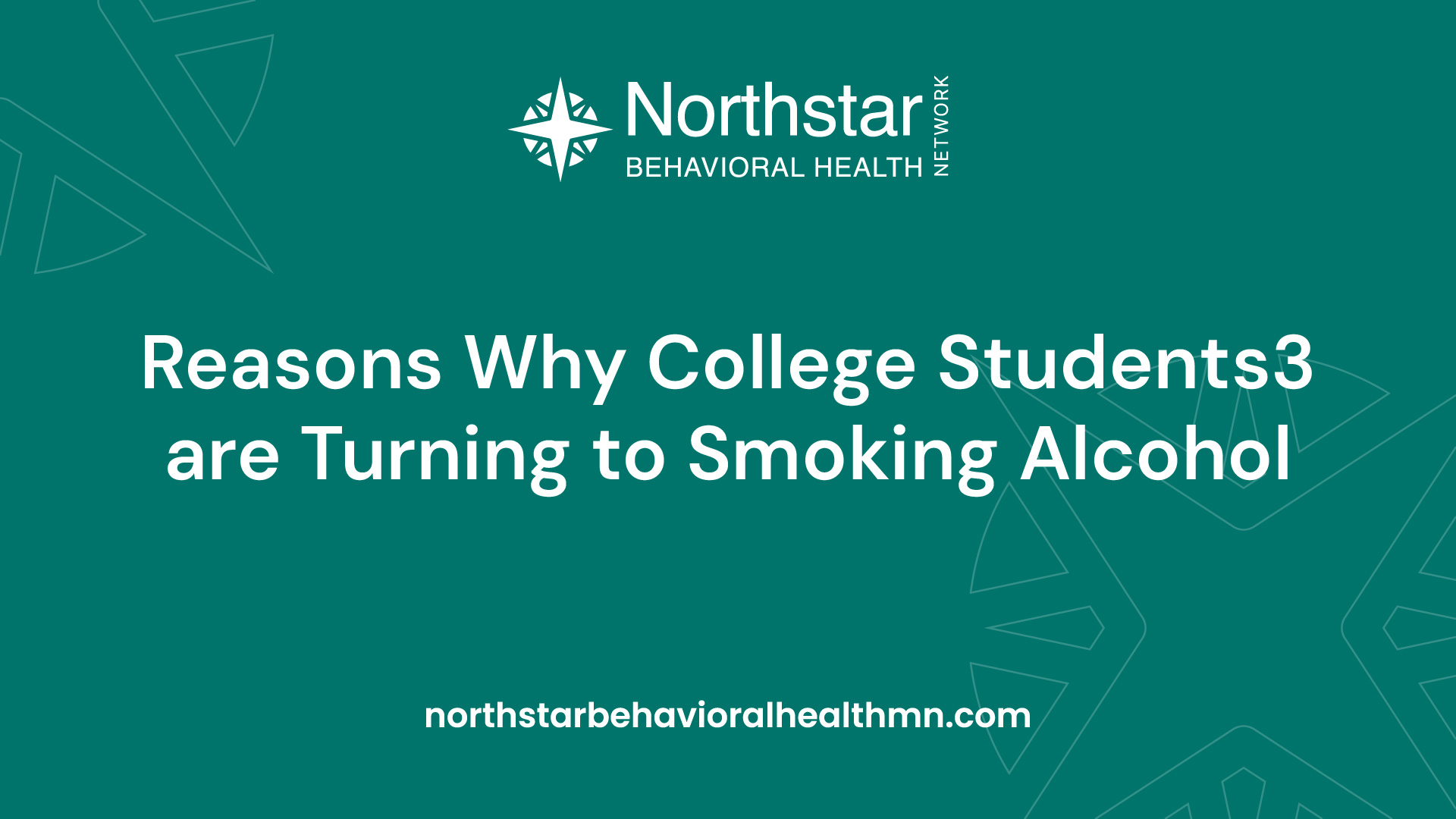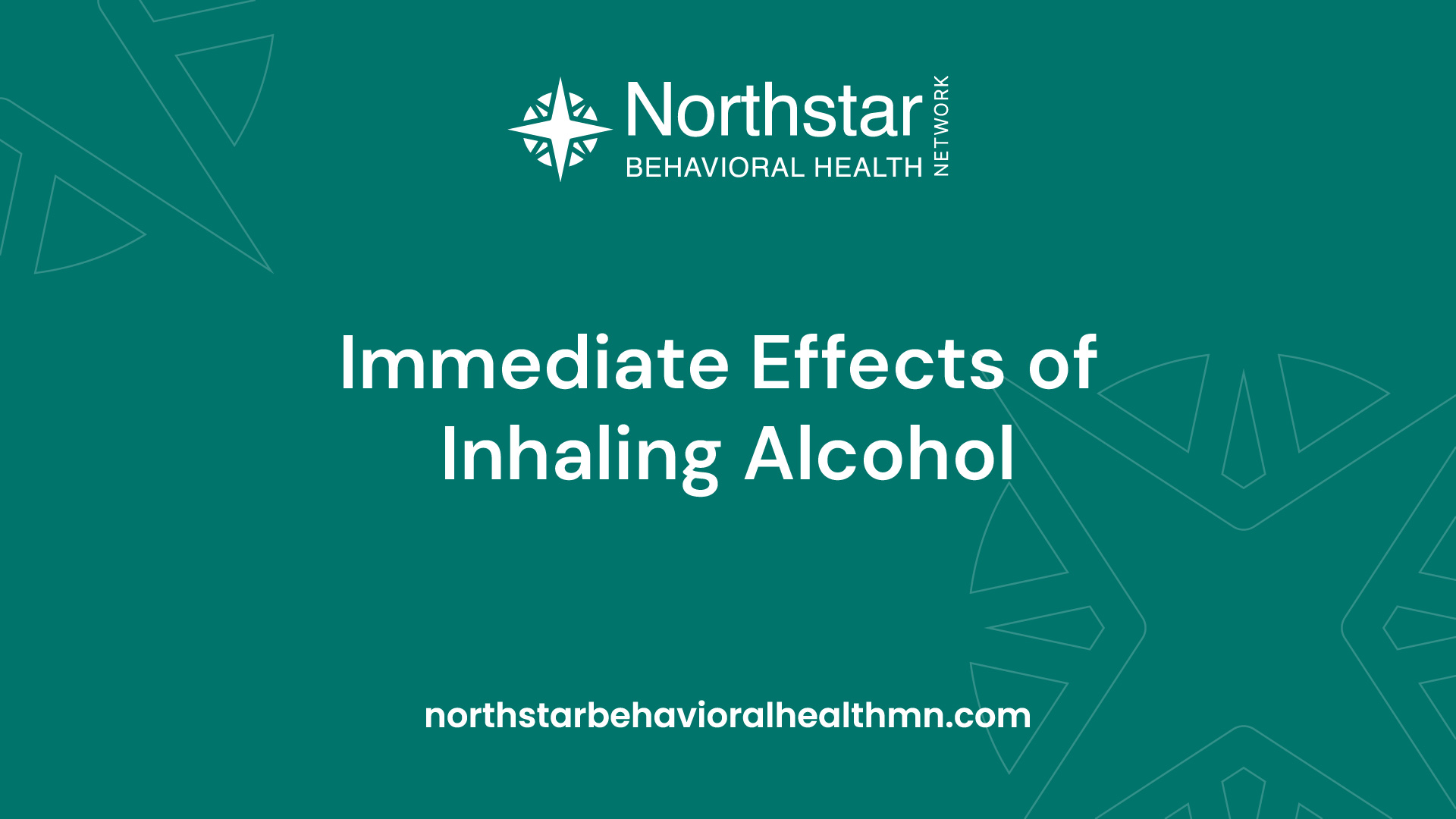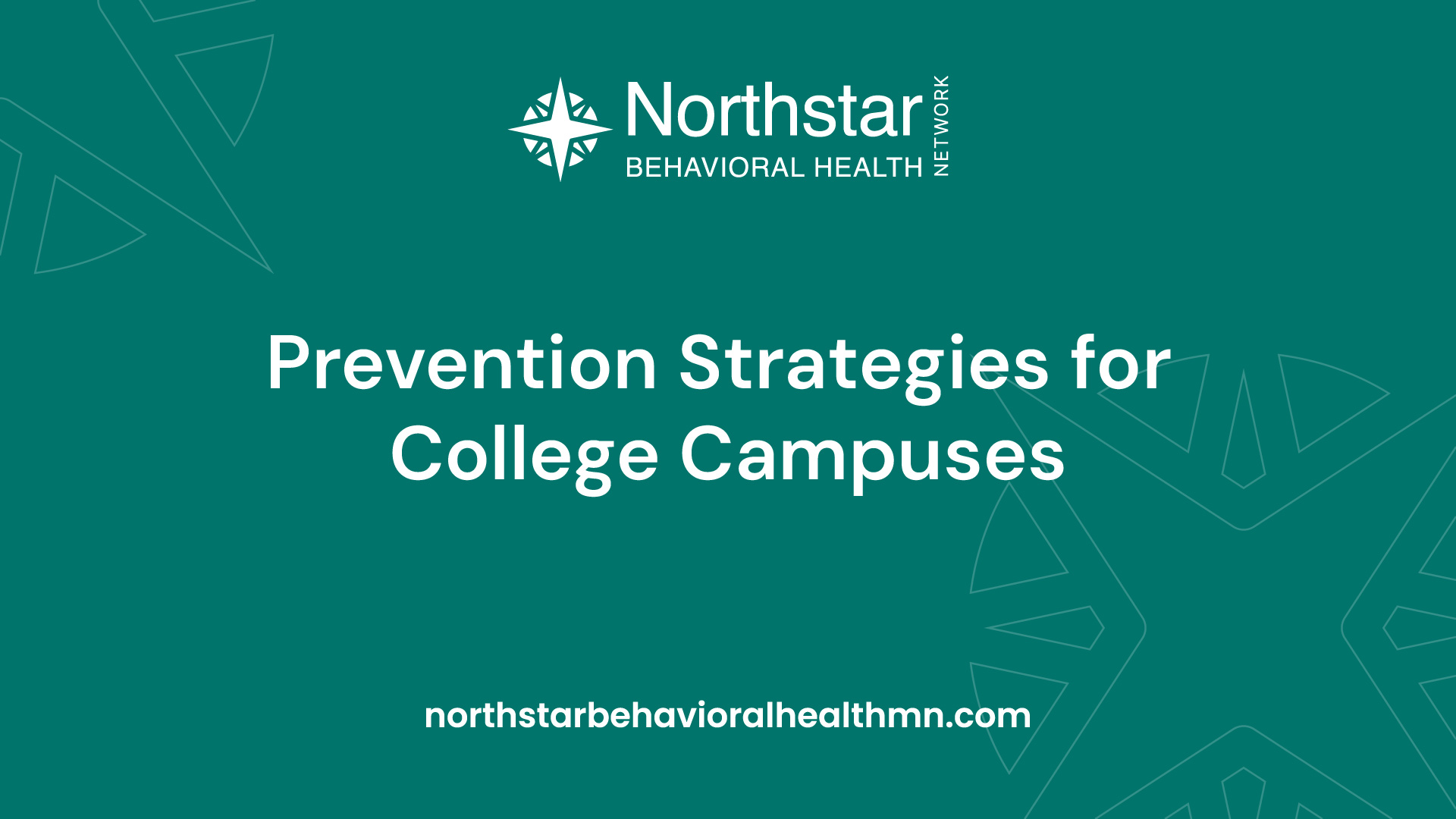August 27, 2024
Smoking Alcohol Trend Among College Students
Understand the risks and take action to address this dangerous trend.


Smoking Alcohol: A Dangerous Trend
Smoking alcohol has emerged as a concerning trend among college students, presenting serious risks to their health and well-being. In this section, we will provide an introduction to smoking alcohol among college students and discuss the associated risks and dangers.
Introduction to Smoking Alcohol Among College Students
Smoking alcohol refers to the practice of vaporizing or inhaling alcohol vapors instead of consuming it orally. This method involves either heating alcohol and inhaling the vapors produced or using devices specifically designed for vaporizing alcohol. While the concept of smoking alcohol is not new, it has gained popularity among college students in recent years.
The appeal of smoking alcohol lies in the belief that it can produce a faster and more intense high compared to traditional consumption methods. Some college students may view it as a way to experiment with alcohol in a different form or as a means to bypass the calories associated with drinking alcoholic beverages. However, it's important to note that smoking alcohol carries significant risks and should never be considered a safe alternative to traditional drinking.
The Risks and Dangers Associated with Smoking Alcohol

Smoking alcohol poses numerous risks and dangers that can have severe consequences for college students. One of the primary concerns is the rapid absorption of alcohol into the bloodstream through the lungs. When alcohol bypasses the digestive system, the body's natural protective mechanisms are circumvented, and the potential for overdose and alcohol poisoning increases significantly.
Furthermore, inhaling alcohol vapors can lead to irritation and damage to the respiratory system. The delicate tissues of the lungs are not designed to handle the direct exposure to alcohol, which can result in inflammation, coughing, and difficulty breathing. Prolonged or frequent exposure to alcohol vapors can also contribute to the development of respiratory problems and an increased risk of lung infections.
Smoking alcohol can also mask the body's natural warning signs, such as nausea or vomiting, that typically indicate excessive alcohol consumption. This can lead to an increased risk of alcohol-related accidents, injuries, and risky behaviors. In addition, the lack of control over the amount of alcohol consumed when smoking alcohol increases the likelihood of overdosing, which can have life-threatening consequences.
It is essential to raise awareness about the risks associated with smoking alcohol among college students. By educating students about the dangers and providing support and resources for those struggling with substance use, we can work towards minimizing the prevalence of this dangerous trend.
In the following sections, we will delve deeper into the reasons why college students are turning to smoking alcohol and explore the immediate and long-term health implications associated with this risky behavior.
Understanding the Appeal
As the alarming trend of smoking alcohol among college students continues to gain attention, it is crucial to understand the reasons why students are turning to this dangerous practice. Several factors contribute to the appeal of smoking alcohol among college students, including both social and psychological influences.
Reasons Why College Students are Turning to Smoking Alcohol

- Novelty and experimentation: For some college students, smoking alcohol may be seen as a novel and adventurous way to consume alcohol. The appeal lies in the excitement of trying something new and unconventional.
- Perceived intensity of effects: Smoking alcohol is often believed to produce more intense and rapid effects compared to traditional methods of consumption. Students may be drawn to the idea of a quicker and more potent high.
- Control over dosage: Smoking alcohol allows individuals to have greater control over the dosage. By inhaling the vapor, students believe they can fine-tune the amount of alcohol they consume, potentially avoiding the negative consequences associated with excessive drinking.
- Social pressure and influence: Peer pressure and the desire to fit in with a certain social group can play a significant role in the decision to smoke alcohol. Students may feel compelled to participate in this trend to be accepted or to avoid feeling left out.
- Ease of access: Smoking alcohol can be easily done using homemade devices or vaporizers, which are readily available. The accessibility of these methods makes it more appealing to college students who may be looking for alternative ways to consume alcohol.
Social and Psychological Factors Contributing to the Trend
- Social media influence: The influence of social media cannot be overlooked when discussing the appeal of smoking alcohol among college students. Images, videos, and posts showcasing this trend can create a sense of curiosity and desire to participate in what is perceived as a popular and exciting activity.
- Seeking a sense of belonging: College can be a time of transition and self-discovery, and students may turn to smoking alcohol as a means of finding a sense of belonging or identity within a certain social group. This desire for connection and acceptance can lead to the adoption of risky behaviors.
- Coping with stress and anxiety: College life often comes with various stressors, such as academic pressure, social challenges, and personal expectations. Some students may turn to smoking alcohol as a coping mechanism to alleviate stress or anxiety, seeking temporary relief from the demands of college life.
Understanding the reasons behind the appeal of smoking alcohol among college students provides insights into the complex factors that contribute to this concerning trend. By addressing these underlying influences, targeted prevention efforts can be developed to educate and support students in making healthier choices.
It is crucial to promote awareness of the risks and dangers associated with smoking alcohol, as well as provide alternative ways for students to cope with stress and social pressures.
Health Implications
Smoking alcohol, a concerning trend among college students, poses significant health implications. Understanding the immediate effects of inhaling alcohol and the potential long-term risks and consequences is essential for raising awareness and promoting informed decision-making.
Immediate Effects of Inhaling Alcohol

When alcohol is inhaled, it bypasses the digestive system and enters the bloodstream directly through the lungs. This method of consumption leads to rapid absorption, resulting in immediate effects. Some immediate effects of inhaling alcohol include:
- Intoxication: Inhaling alcohol can lead to a rapid onset of intoxication. The effects can be more intense compared to traditional alcohol consumption, as the alcohol is delivered directly to the brain.
- Increased Risk of Alcohol Poisoning: Inhaling alcohol can increase the risk of alcohol poisoning, as it is absorbed rapidly and may be difficult to gauge the appropriate dosage.
- Respiratory Issues: Inhaling alcohol can irritate the respiratory system, leading to coughing, shortness of breath, and potential damage to lung tissue.
It is crucial to note that inhaling alcohol can be unpredictable, as it can result in a quicker and more intense high compared to other methods of consumption. This unpredictability increases the risk of adverse health effects and further underscores the dangers of this trend.
Long-Term Health Risks and Consequences
Engaging in the habit of smoking alcohol can have long-term health risks and consequences. While research specifically on the long-term effects of inhaling alcohol is limited, it is important to consider the potential risks associated with chronic alcohol abuse in general. These risks include:
- Addiction: Regular inhalation of alcohol can lead to the development of addiction, which can have severe physical, psychological, and social consequences.
- Organ Damage: Prolonged alcohol abuse can cause damage to vital organs such as the liver, heart, brain, and pancreas. These effects can be compounded by the direct inhalation of alcohol.
- Respiratory Issues: Chronic inhalation of alcohol can result in respiratory problems such as lung damage, inflammation, and an increased risk of respiratory infections.
- Mental Health Disorders: Substance abuse, including alcohol abuse, is often linked to the development or exacerbation of mental health disorders such as depression, anxiety, and cognitive impairments.
It is important for college students and individuals alike to be aware of the potential long-term health risks associated with smoking alcohol. Seeking help from healthcare professionals, counselors, or support groups can provide valuable resources for those struggling with substance use. If you or someone you know is facing substance abuse issues, consider reaching out to organizations that specialize in addiction recovery and treatment.
By understanding the immediate effects and long-term health risks of smoking alcohol, individuals can make informed decisions and take steps to protect their overall well-being.
Addressing the Issue
To combat the concerning trend of smoking alcohol among college students, it is crucial to implement effective strategies that address the issue head-on. By focusing on education, awareness campaigns, and providing support and resources for those struggling with substance use, we can work towards preventing and reducing the prevalence of smoking alcohol.
Education and Awareness Campaigns
Education and awareness campaigns play a vital role in addressing the issue of smoking alcohol among college students. By providing accurate and up-to-date information about the risks and dangers associated with this dangerous trend, we can increase awareness and discourage its practice.
These campaigns can be conducted through various channels, including college campuses, online platforms, and community outreach programs. They should highlight the immediate effects of inhaling alcohol, such as the potential for rapid intoxication and increased risk of alcohol poisoning. Additionally, the long-term health risks and consequences, such as damage to the respiratory system, should be emphasized.
Internal links to related articles can provide additional resources for individuals seeking more information on substance abuse and addiction, such as is there a difference between a slip and a relapse? and can motivational interviewing help an addict who is willing to embrace recovery?.
Support and Resources for Those Struggling with Substance Use
Alongside education and awareness campaigns, it is crucial to provide support and resources for college students who are struggling with substance use, including smoking alcohol. Creating a safe and non-judgmental environment where individuals feel comfortable seeking help is essential.
Colleges and universities should establish counseling services and support groups specifically tailored to address substance abuse issues. These resources can provide guidance, counseling, and access to specialized treatment programs for students who require additional assistance.
It is also important to collaborate with local treatment centers and organizations that specialize in addiction recovery. By partnering with these entities, colleges can offer referral services and connect students with the appropriate resources for treatment and support.
Internal links to relevant articles, such as legalizing alcohol on native American reservations to fund treatment & prevention and do parents who use marijuana influence their children's choices?, can provide individuals with further insights and information on addiction and its impact on society.
By implementing comprehensive education and awareness campaigns and providing the necessary support and resources, we can work towards addressing and reducing the disturbing rise of smoking alcohol among college students. Together, we can promote healthier choices and provide individuals with the tools they need to make informed decisions regarding their well-being.
Taking Action
To address the concerning trend of smoking alcohol among college students, it is crucial to implement prevention strategies on college campuses and promote healthy alternatives and coping mechanisms.
Prevention Strategies for College Campuses

Colleges and universities play a vital role in preventing the harmful practice of smoking alcohol. Here are some effective prevention strategies that can be implemented on campuses:
- Education and Awareness Programs: Conducting educational campaigns to raise awareness about the dangers and risks associated with smoking alcohol can help students make informed decisions. These programs can involve workshops, presentations, and interactive sessions to provide accurate information and dispel myths.
- Peer Education and Support: Engaging student leaders and peer educators can be an effective way to promote healthy behaviors and discourage the use of substances. Peer-led initiatives, such as mentoring programs and support groups, can provide a safe space for students to discuss their concerns and seek guidance.
- Policy Development and Enforcement: Establishing clear policies that explicitly prohibit smoking alcohol on campus premises is essential. These policies should be communicated effectively to students, faculty, and staff. Strict enforcement of these policies, along with appropriate consequences for violations, can deter students from engaging in this risky behavior.
- Collaboration with Health Services: Collaborating with campus health services can ensure that students have access to resources and support related to substance use. Health professionals can provide counseling, referrals, and treatment options for students who may be struggling with substance abuse issues.
Encouraging Healthy Alternatives and Coping Mechanisms
In addition to prevention strategies, it is important to encourage college students to adopt healthy alternatives and coping mechanisms to manage stress and challenges without resorting to smoking alcohol. Here are some approaches that can be promoted:
- Healthy Stress Management Techniques: Encouraging students to engage in stress-reducing activities, such as exercise, mindfulness, and relaxation techniques, can help them cope with academic and personal pressures. Providing resources, workshops, and campus activities centered around stress management can support students in adopting healthier coping strategies.
- Promoting Social Connections: Creating opportunities for students to connect with peers in a positive and supportive environment is crucial. Social activities, clubs, and organizations can facilitate healthy social interactions, reducing the likelihood of turning to substances for socializing or self-medication.
- Providing Mental Health Support: Ensuring that students have access to mental health resources, such as counseling services and support groups, is essential. Promoting the availability of these services and reducing stigma can encourage students to seek help when needed.
- Offering Substance-Free Activities: Organizing substance-free events and activities on campus can provide students with enjoyable alternatives to substance use. These events can include movie nights, game nights, outdoor activities, and artistic endeavors to create a vibrant and engaging campus community.
By implementing prevention strategies and promoting healthy alternatives, college campuses can help combat the dangerous trend of smoking alcohol among students. It is crucial to create an environment that prioritizes the well-being and safety of students, providing them with the knowledge, resources, and support they need to make informed and healthy choices.

.jpg)




.jpg)

